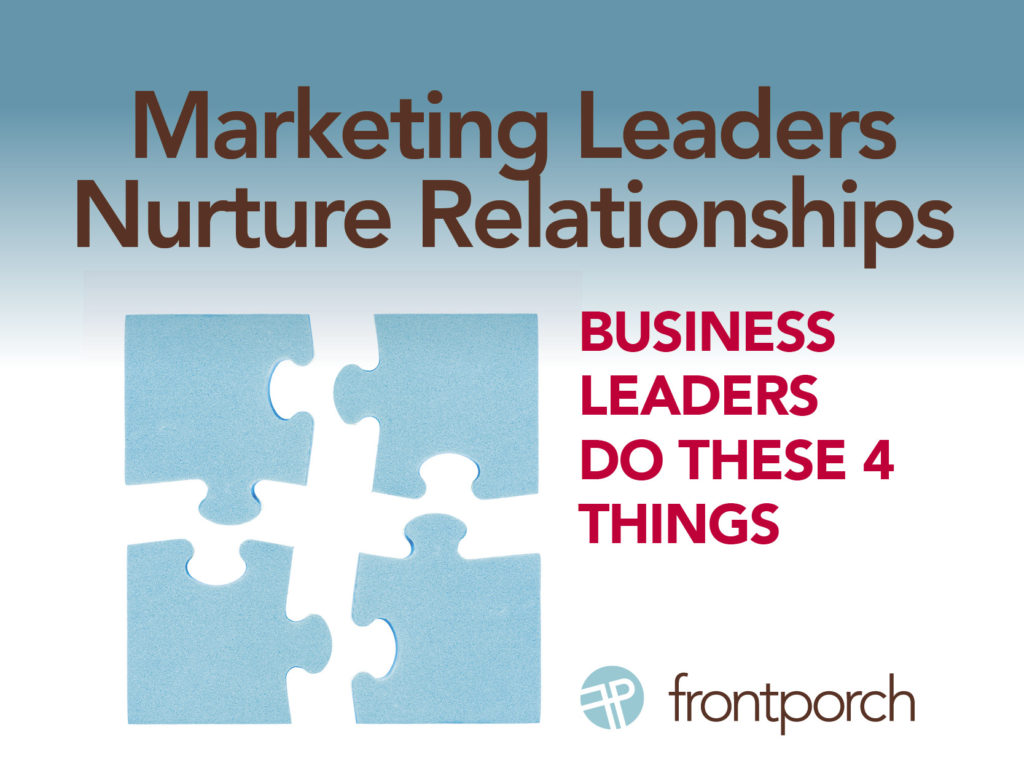
This week, we’re welcoming Andrew Porter, our newest intern rocker, to the team!
1. What makes you want to have a career in marketing, Andrew Porter?
I’ve grown up watching my mom create this awesome company from the ground up and achieve so much in little time. It really motivates me to be successful seeing her achieve her dream and work so hard to obtain it. I want to be able to do what I want in the future as well and achieve my dream. Marketing has a special place in my heart and really does interest me in my future career endeavors.
2. What is one of the biggest lessons you’ve learned so far in your life?
There are many obstacles in life, but you end up gaining more from these obstacles than you have lost, if you choose to conquer the obstacles.
3. If you could describe Andrew Porter in three words, what would they be?
The three words I’d use to describe myself would be hardworking, funny, and committed.
4. What are your goals for your time at Front Porch Marketing?
I really want to get my foot in the door with this marketing internship, and get some real life business experience for the future. I have 5 specific goals that I’d like to conquer while at Front Porch:
1) I will be able to professional handle myself according to the certain business or personal situation that is present. And learn from those that have more experience than I do.
2) I will be able to communicate with clients and strangers effectively for the benefit of me and others.
3) I will be able to effectively navigate the internet accordingly while also being proficient in Microsoft 365.
4) I will be able to successfully balance the many activities that go on in my everyday life with my multiple jobs, hanging with friends, and sleeping.
5) I will be able to build a basic understanding of marketing principles to assist clients in attaining their long-time goals.
5. If you could go to dinner with one person living or dead who would it be?
One person I’d definitely want to go to dinner with would be Chris Farley. He is my favorite comedian and is literally so funny. I’d love to see him in person do his Matt Foley: Van Down by the River skit from SNL.
6. What is a fun fact about you?
I am currently the Vice President of Recruitment of the Interfraternity Council (IFC) at Rollins College and the Brotherhood Chair of SAE.










